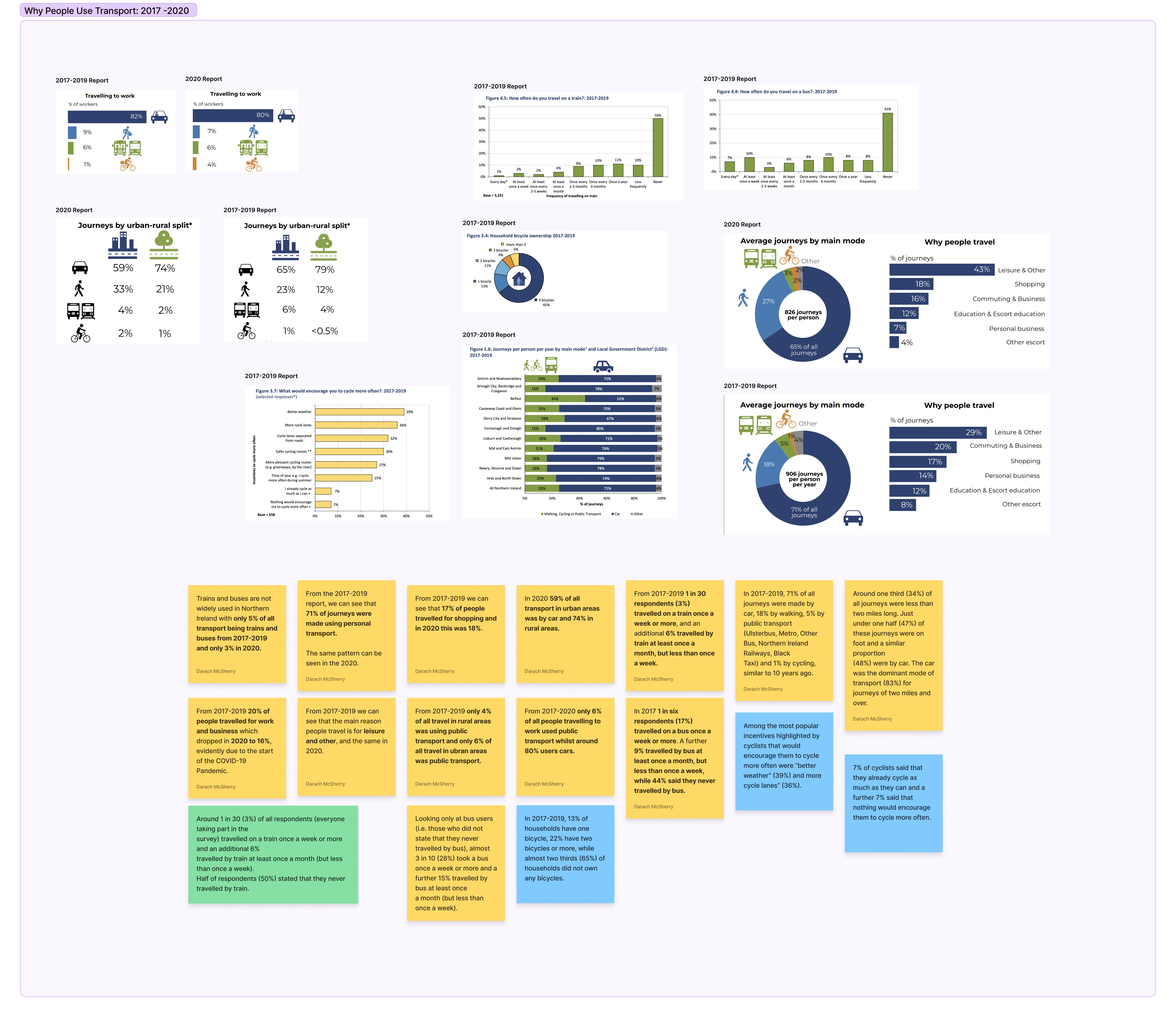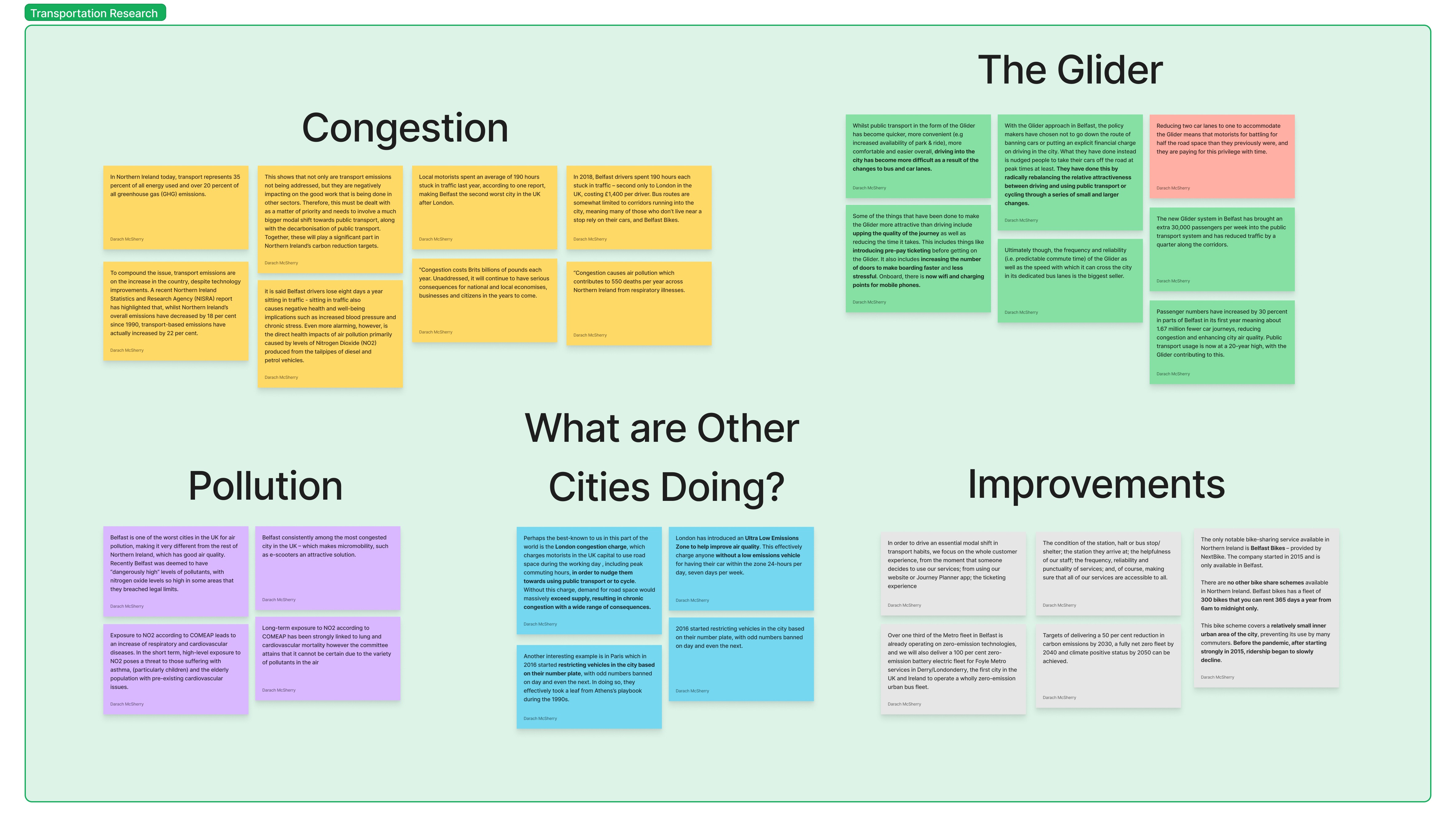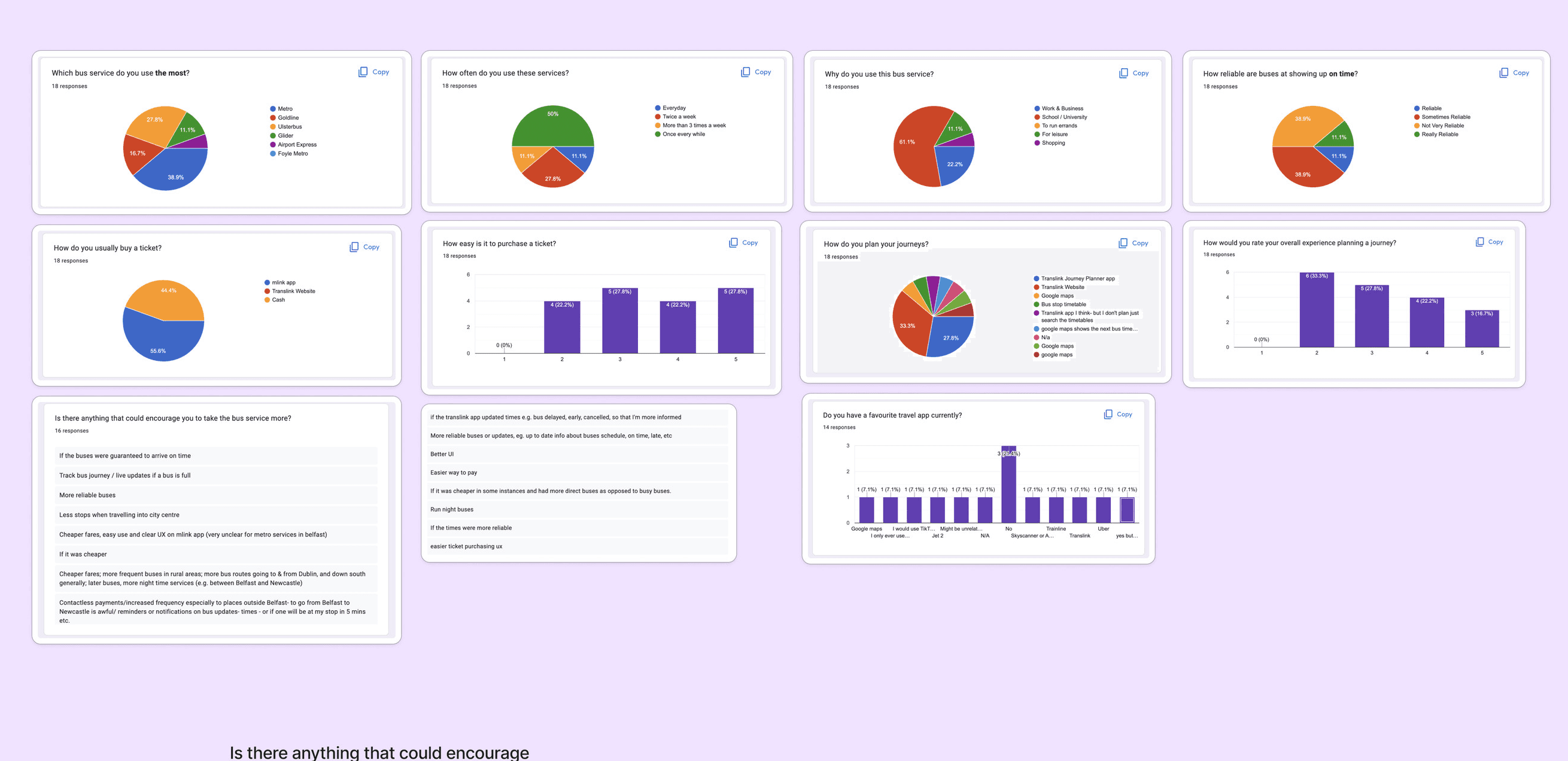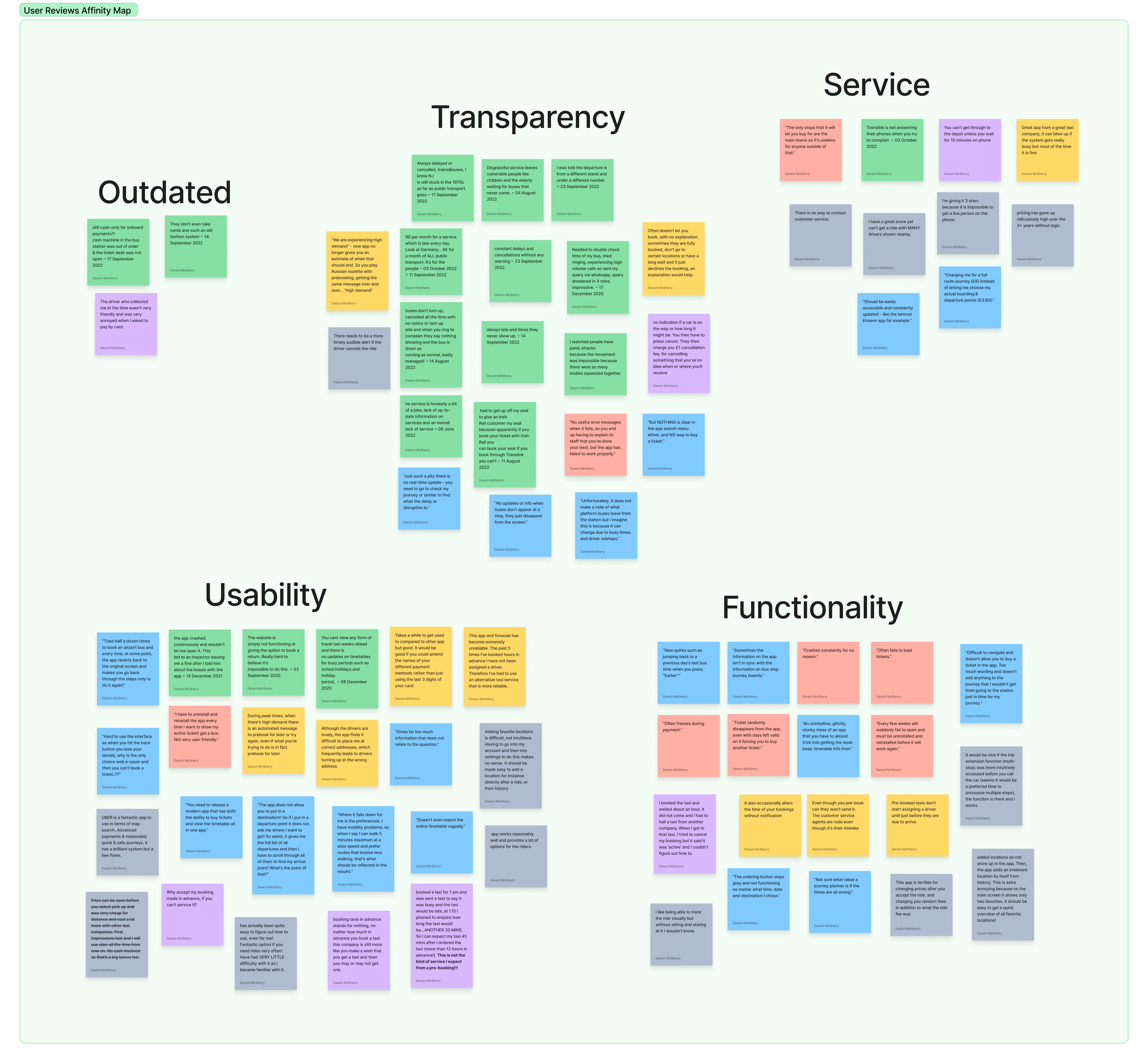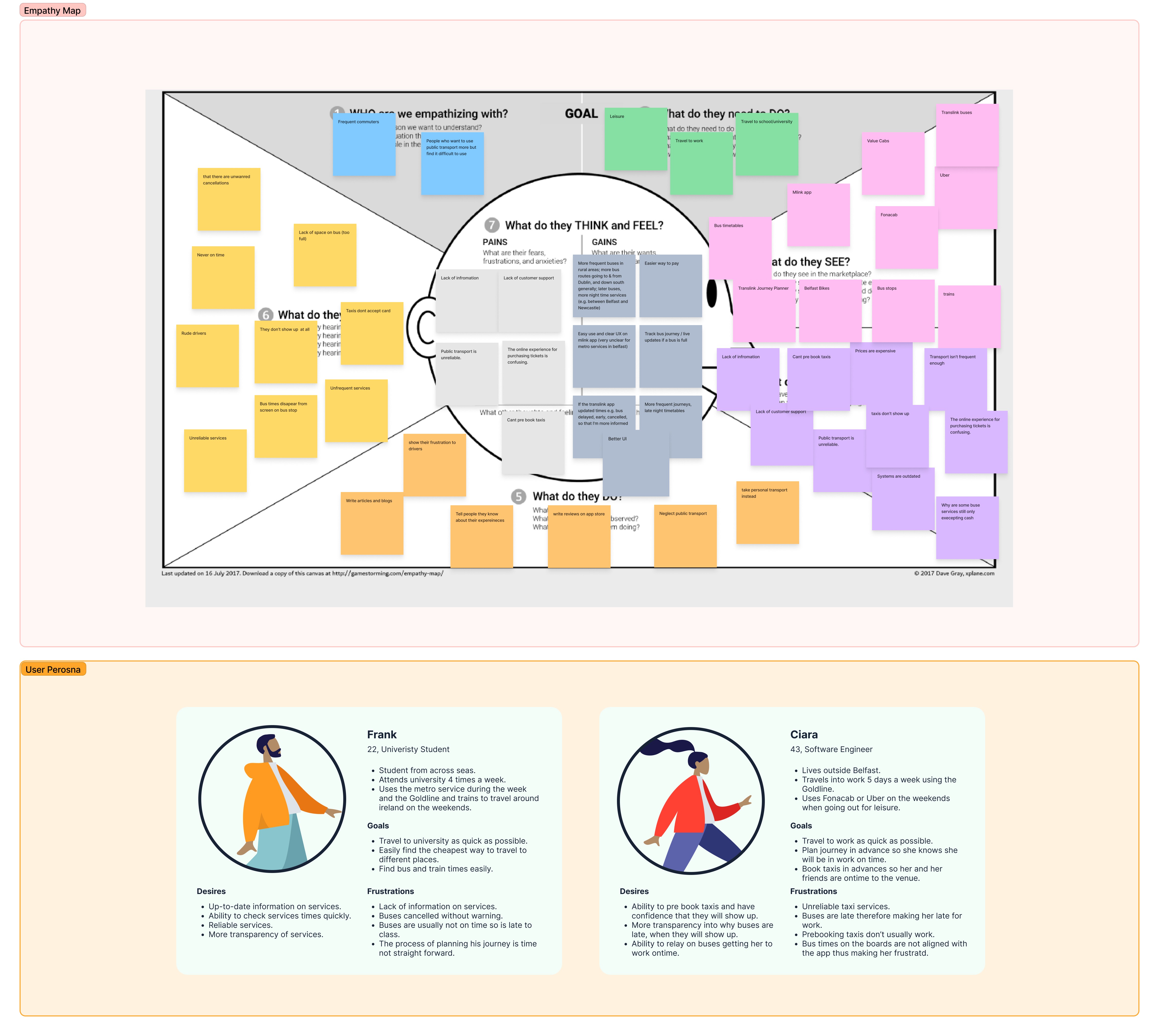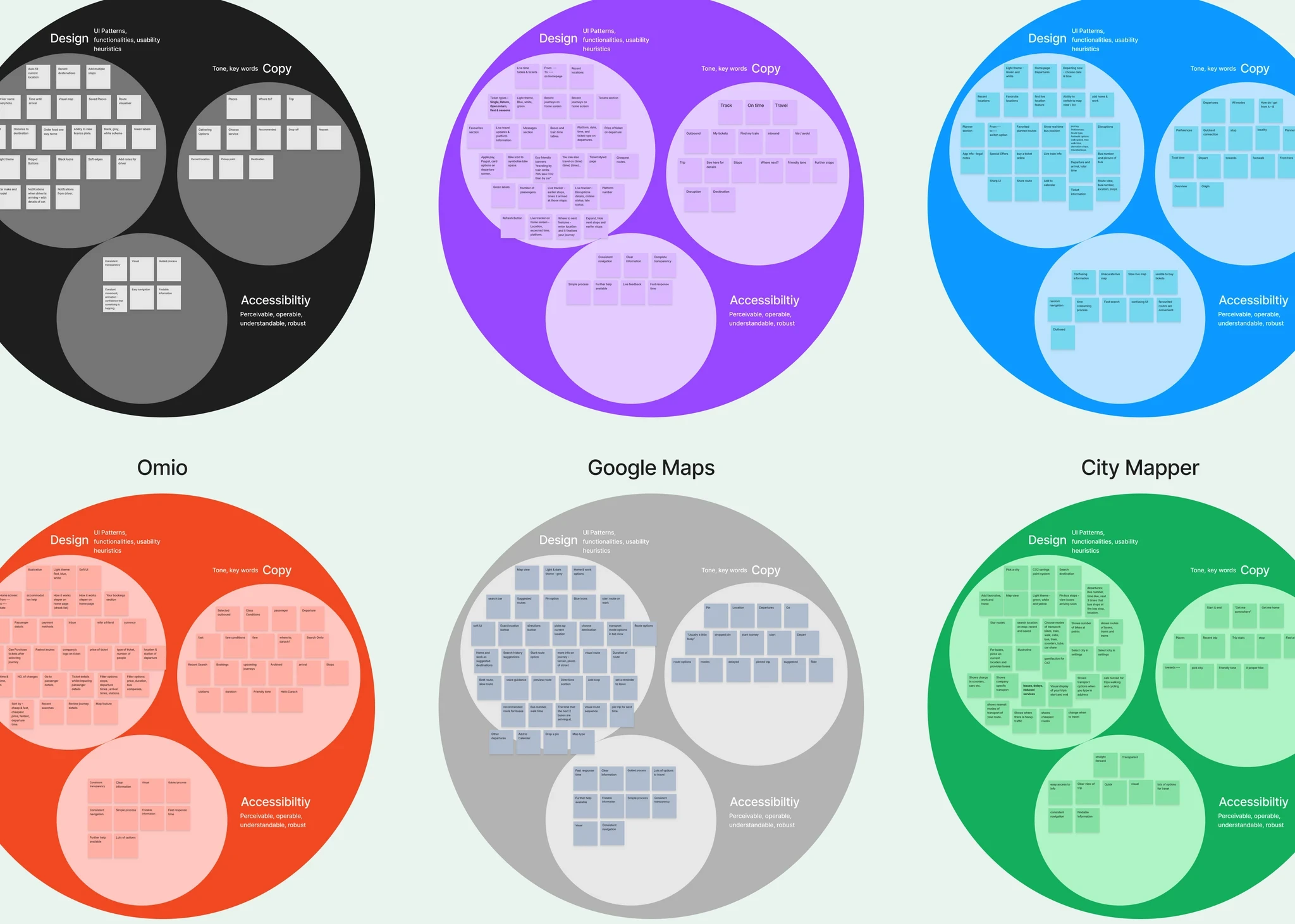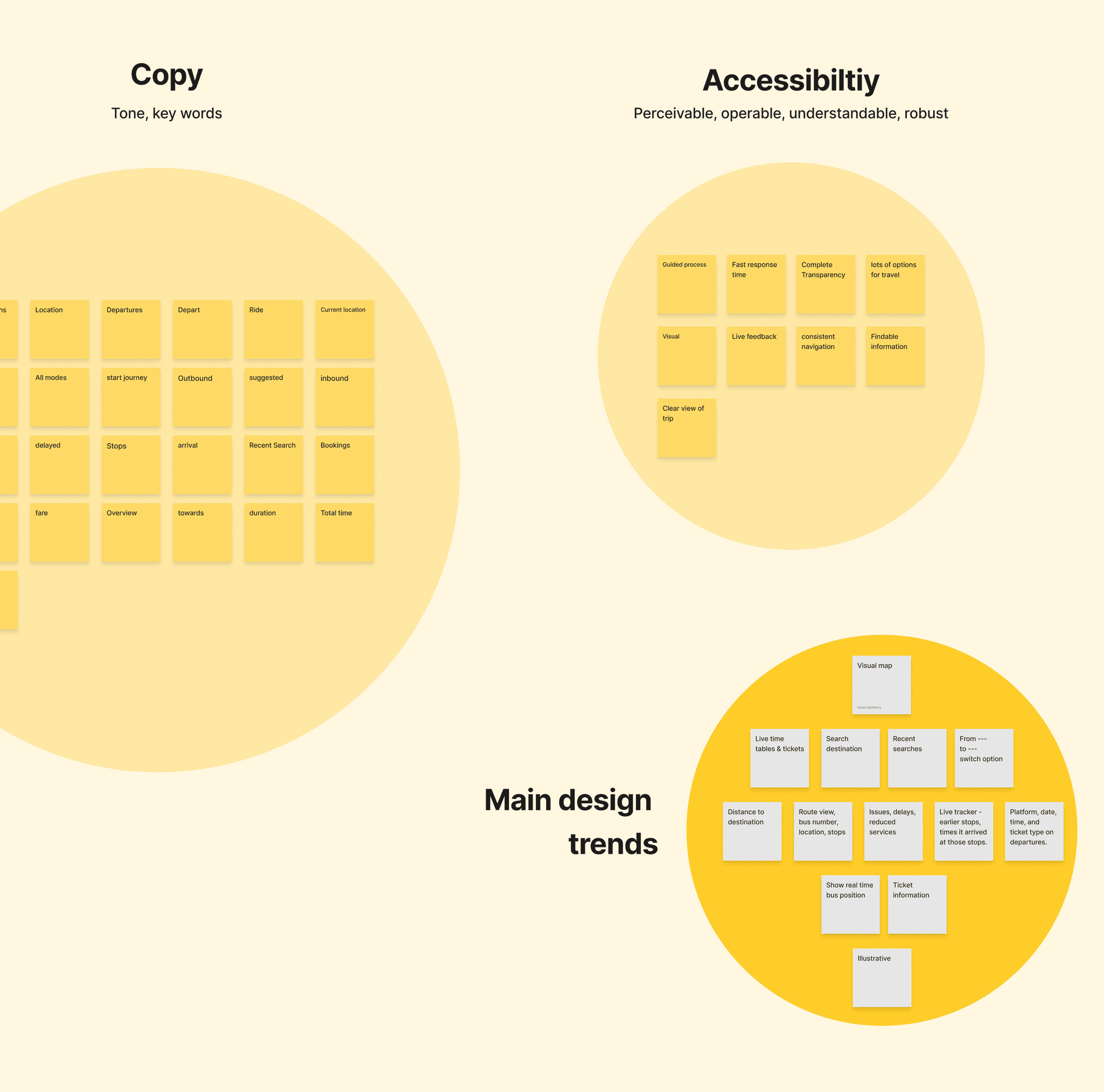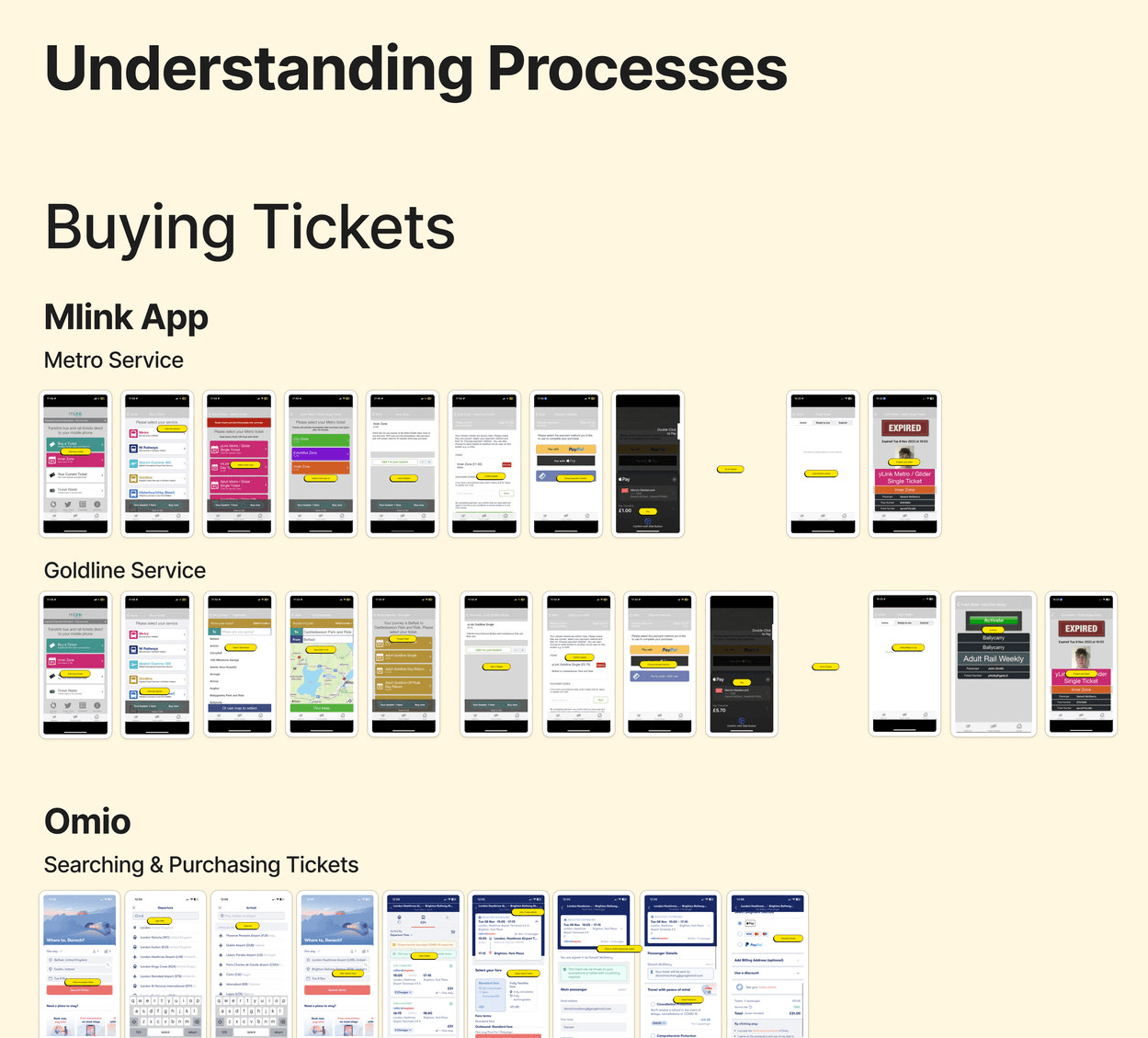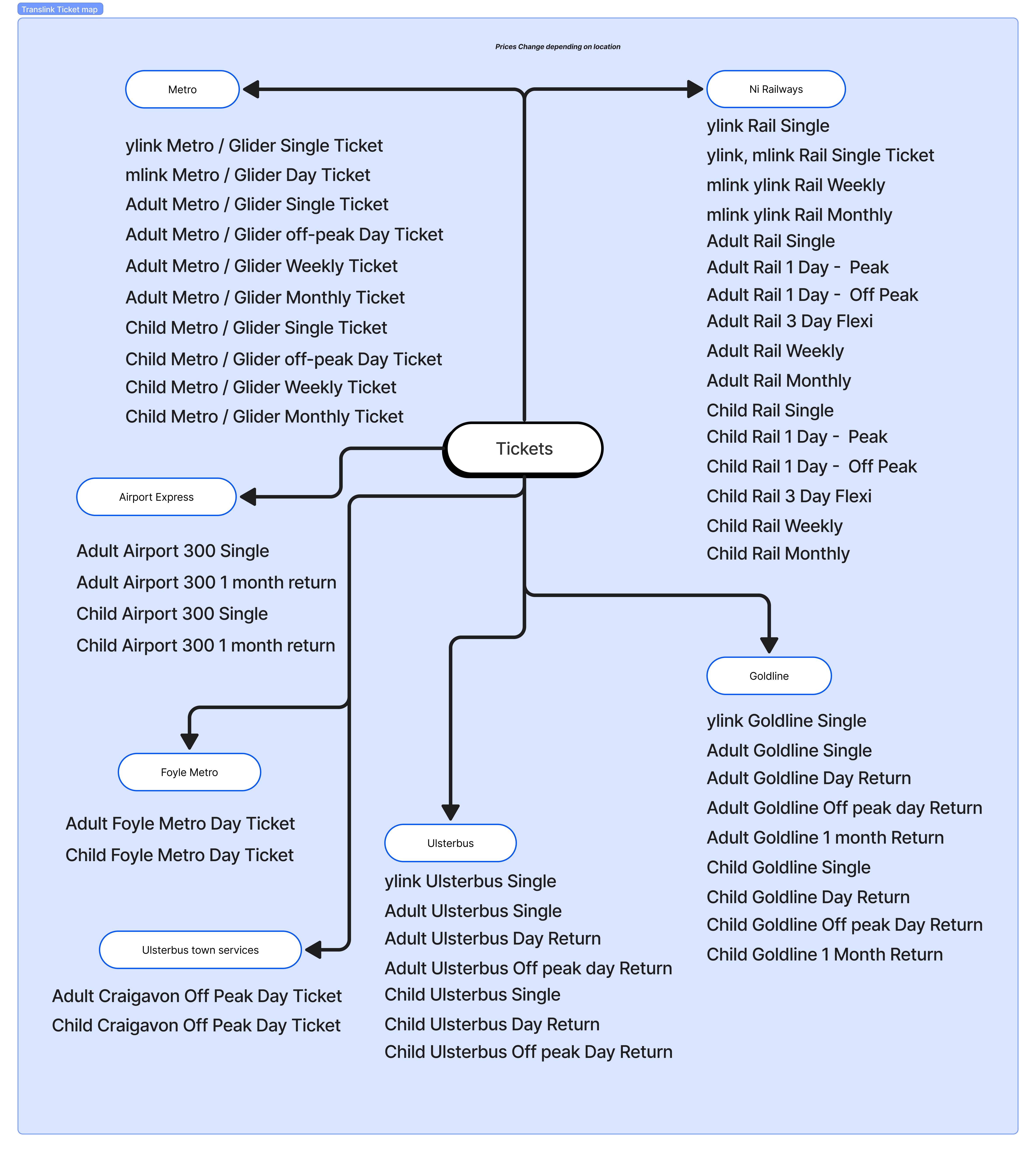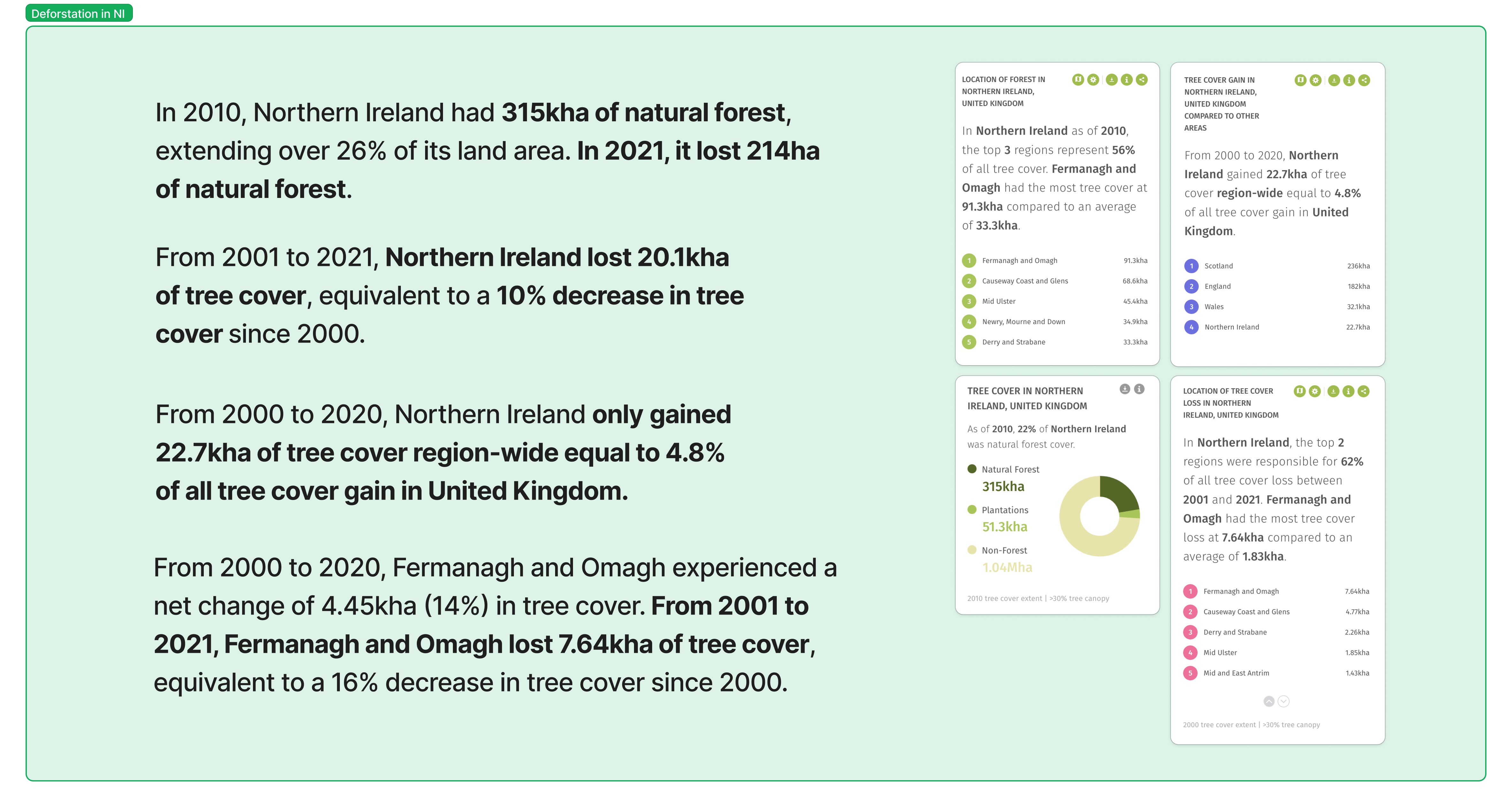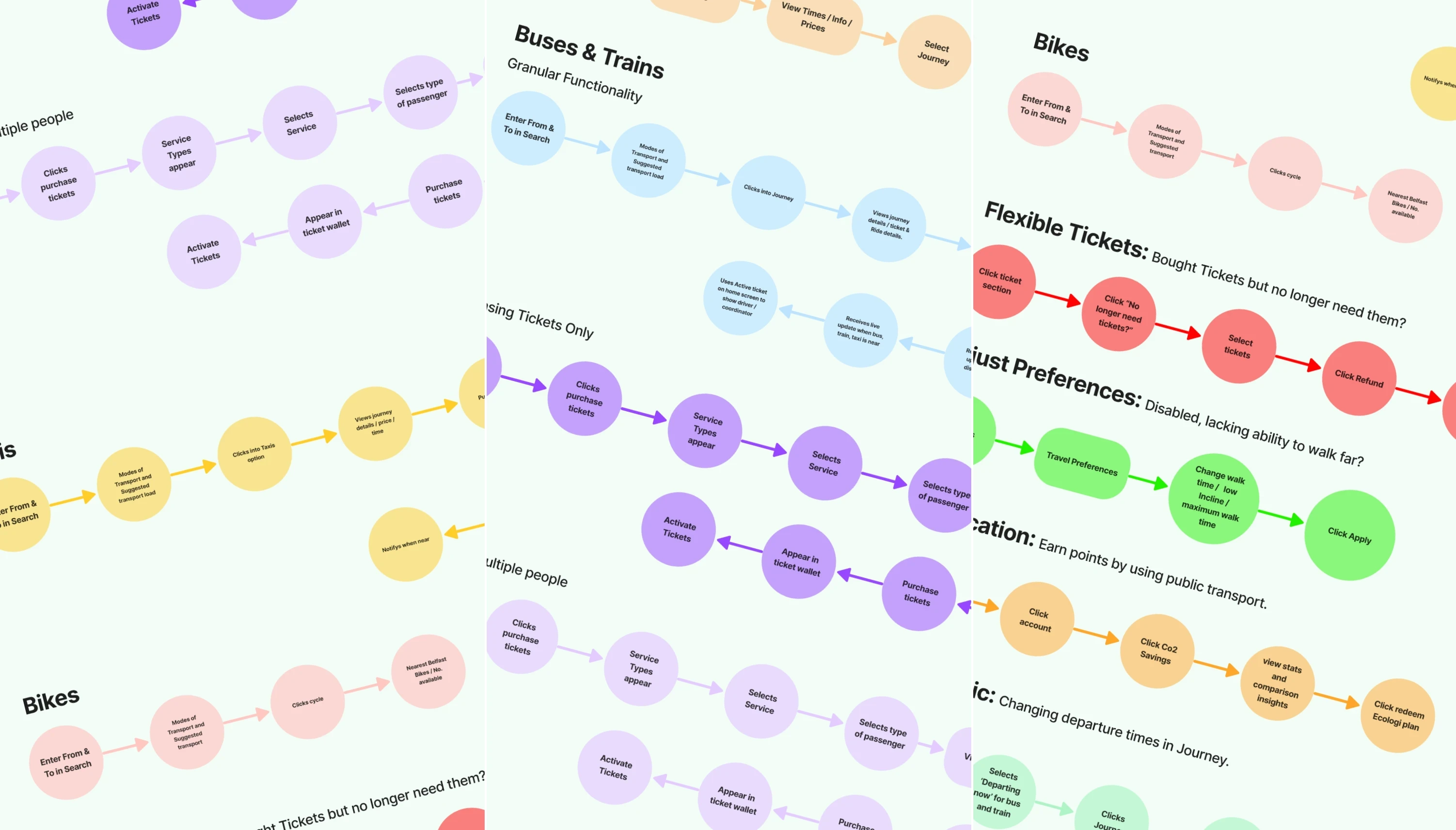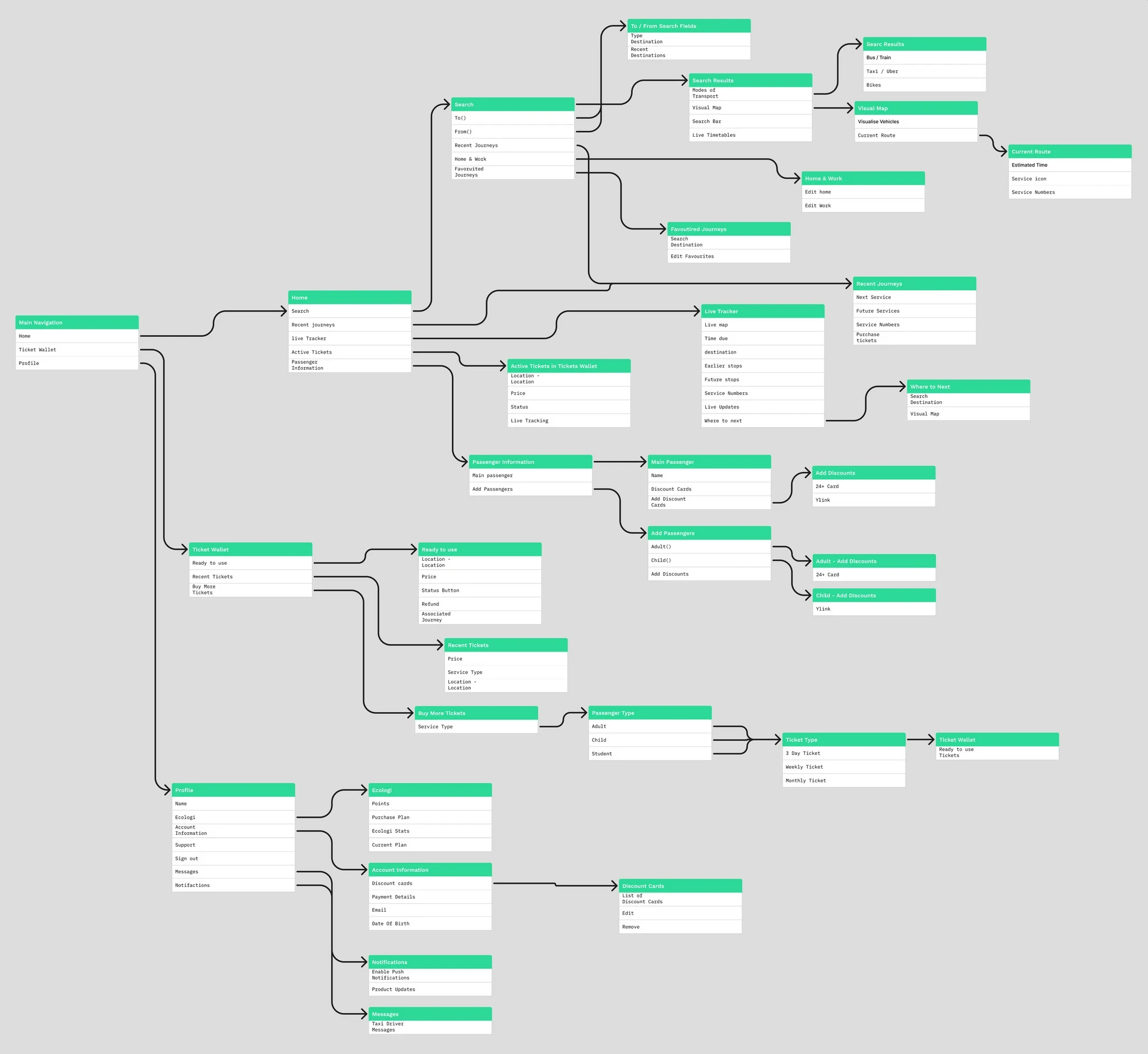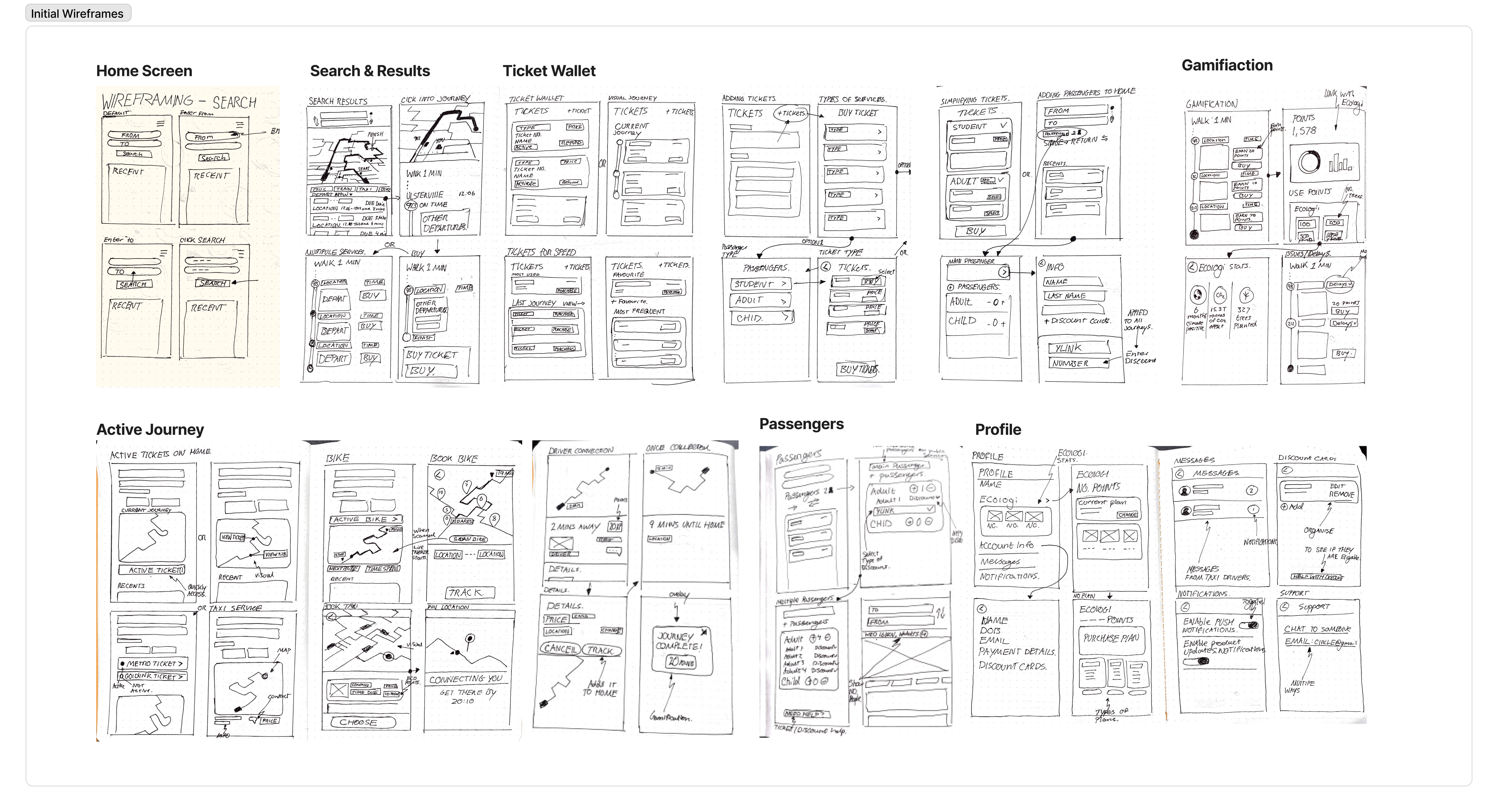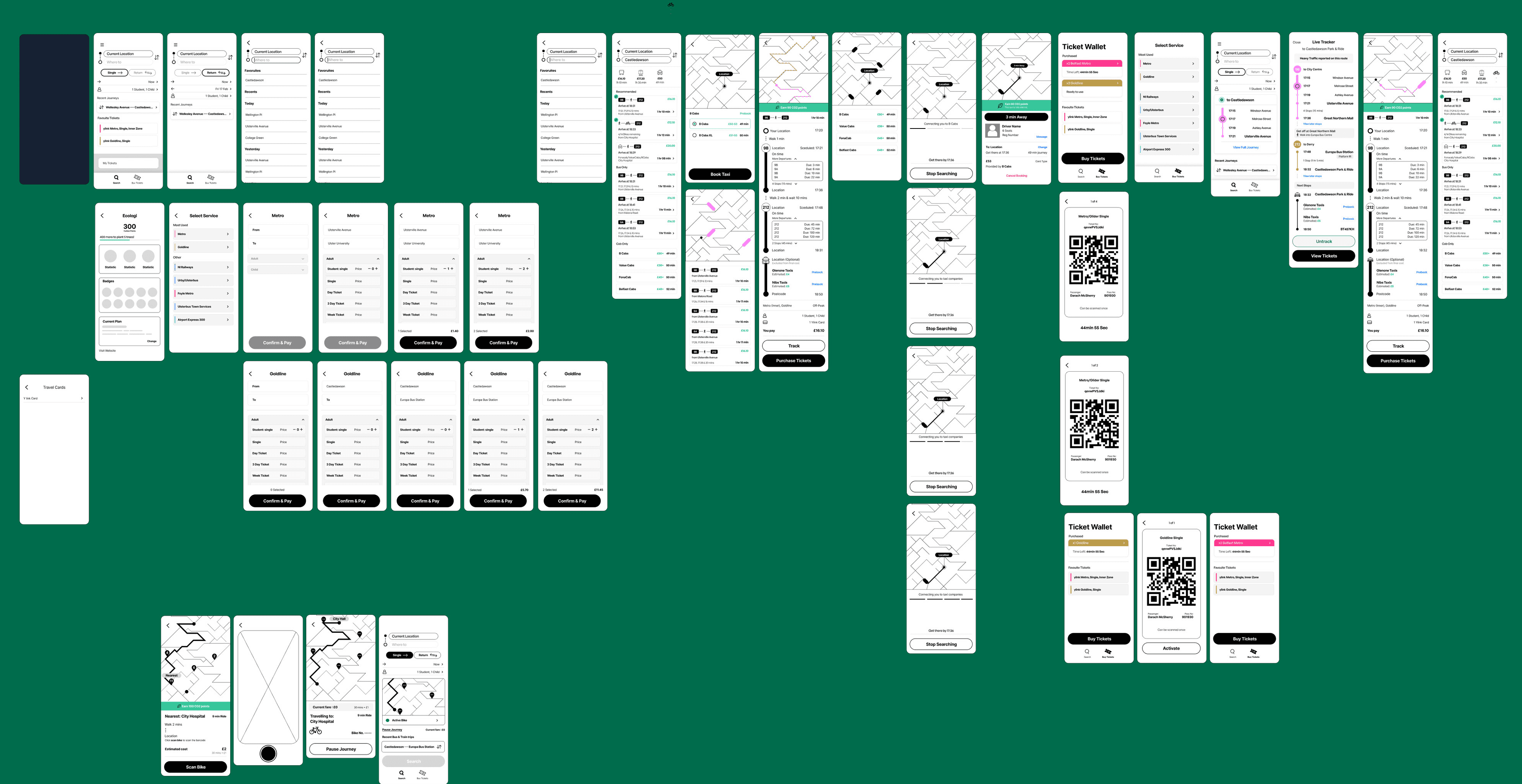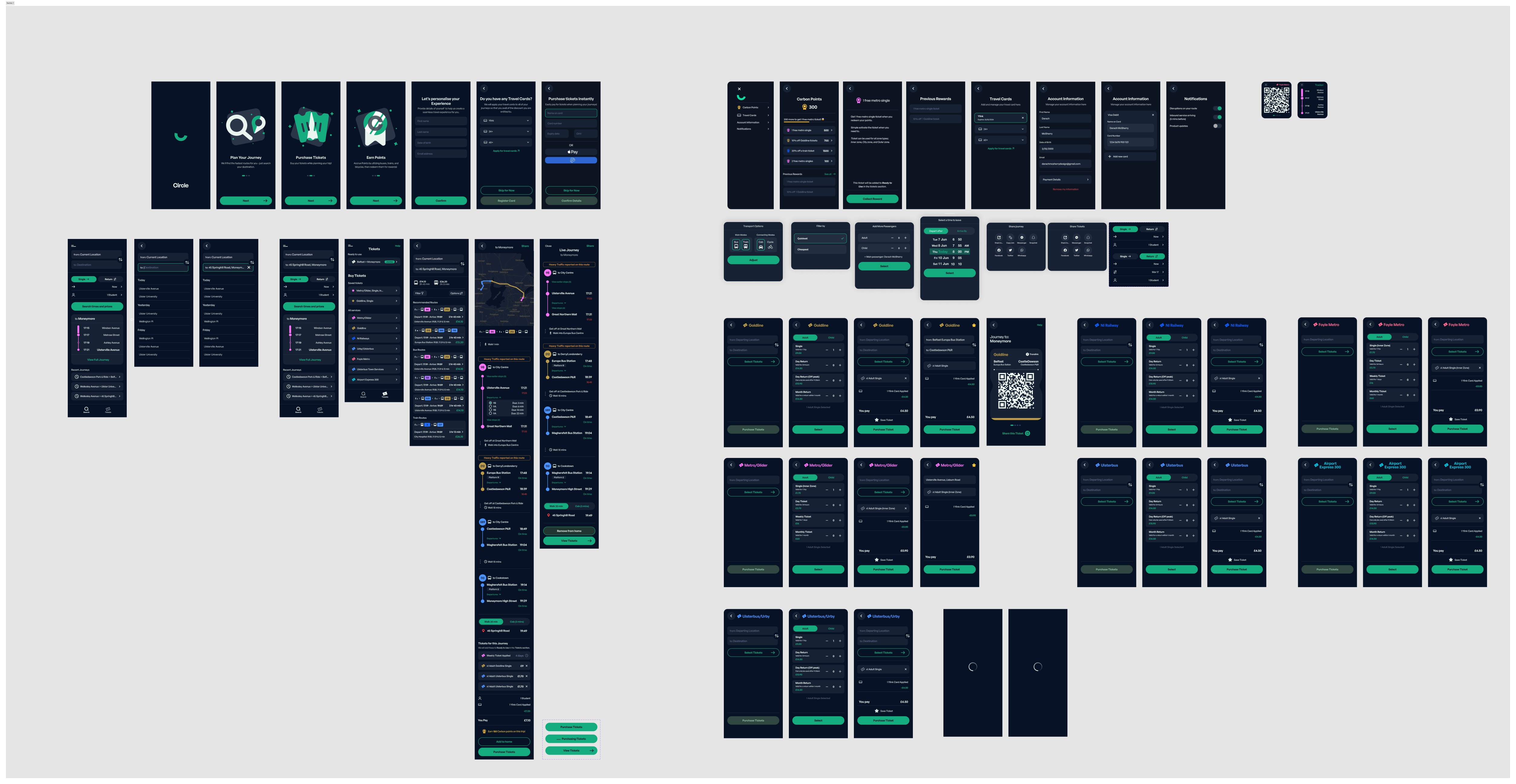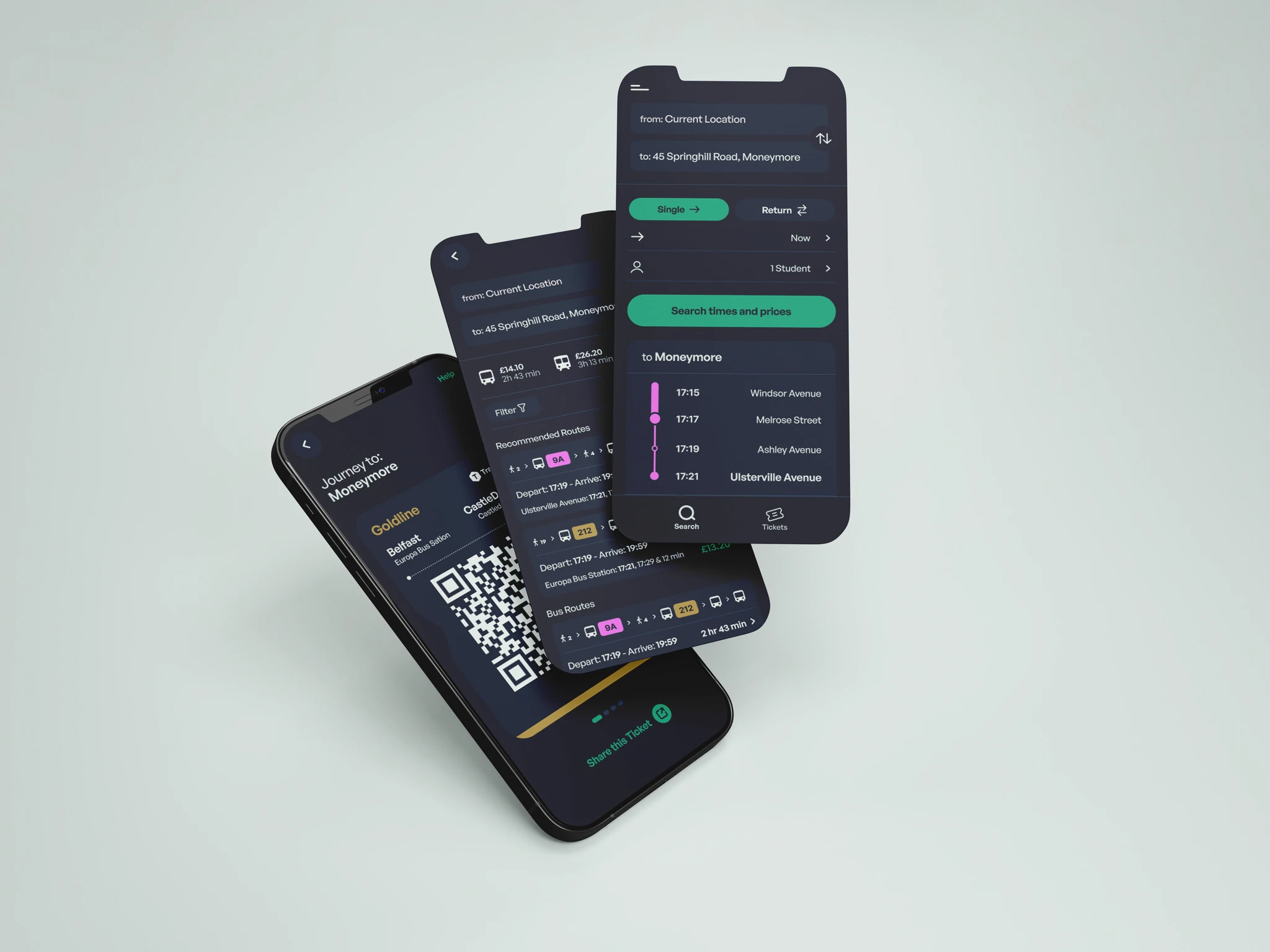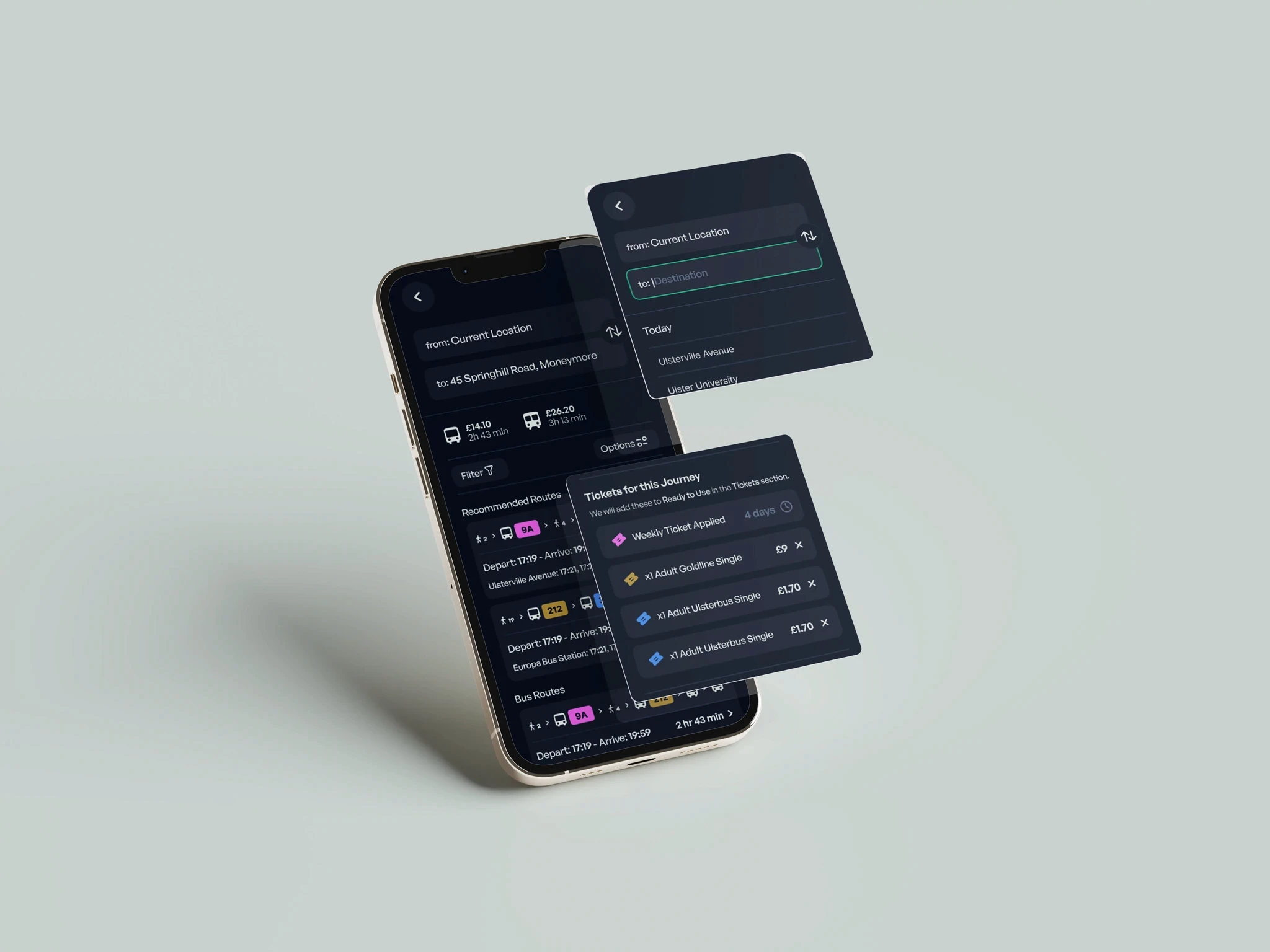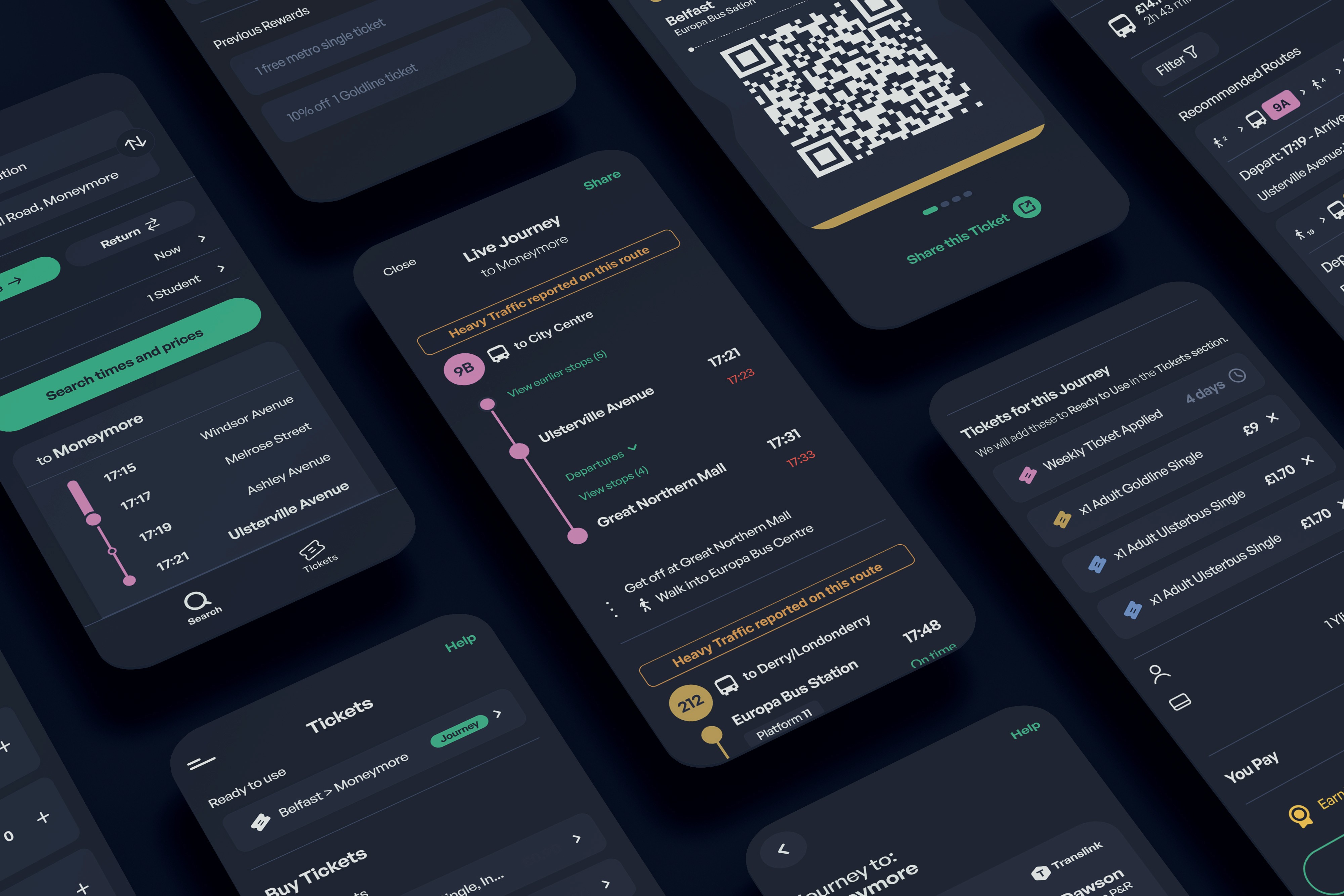Circle
UX/UI Design · UX Research · Prototyping
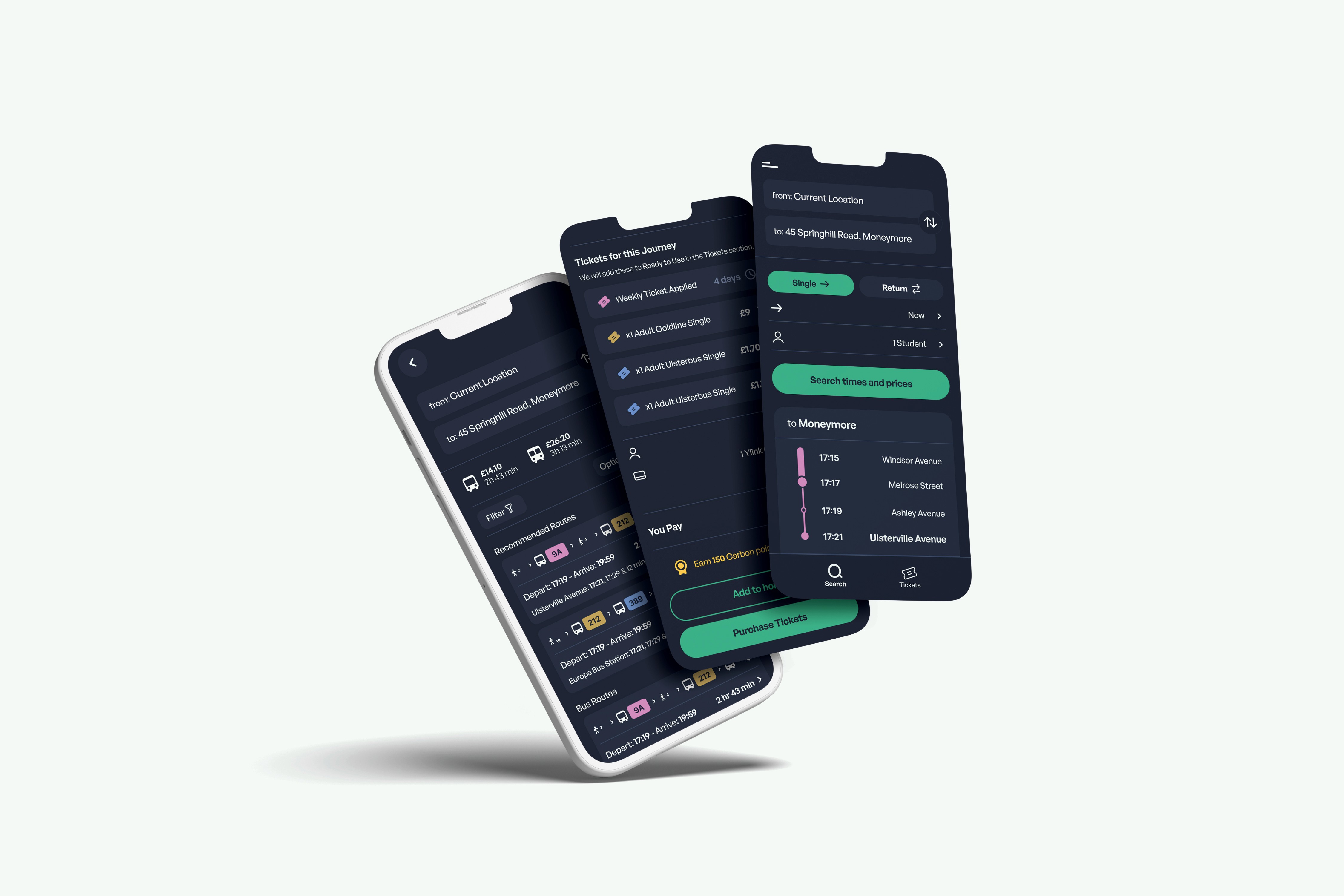
Circle is a public transport app that enhances the transparency and accessibility of public transport services in Northern Ireland.
With Circle, users can search from postcode to postcode and it will find you the quickest/cheapest routes.
Not only that, but it will work out the price of tickets for multiple passengers on a specific route and allow you to instantly purchase them.
When you purchase tickets via the Circle app, you will gain a specific number of points based on the length of your journey.
You can then use these points to redeem rewards such as discounted tickets and even free tickets.
Circle is a necessary solution for the existing transportation framework in Northern Ireland.
Check out the full project below 👇
The Challenge
Ireland is affected by climate change just as much as any other country in the world. Increased levels of air pollution caused by large amounts of congestion in built-up areas, now posing a threat to human health.
"Air pollution is so high in some areas it's breaching legal limits."
Transport NI's 2020 report states that "80% of people in Northern Ireland travel to work via personal vehicle, evidently leading to increased congestion."
Discovery
Having analysed customer feedback on local transportation apps, conducted interviews with numerous individuals, and surveyed public transport usage patterns, it became clear that a key factor influencing people's decision to use public transport is the quality of the online experience.
The current lack of reliability and transparency in public transport services is another factor driving customers towards alternative modes of transportation.
"Constant delays and cancellations without any warning"
~ Customer Review for Translink
"Just such a pity there is no real-time update - you need to go to check my journey or similar to find what the delay or disruption is."
~ Customer Review for Translink
My process 👇
Conducting initial research to validate my Idea and understand how users felt.
I needed to understand how other services in different regions solve some of the problems that users experience in Northern Ireland. I looked at competitors such as Google Maps, Omi, Trainline, Uber, and Citymapper. They gave me a good base of what was expected, and how they communicated with their users.
Ideation
To kickstart the ideation process for the transport app, I began by creating user stories and user flows.
These user stories help to identify the specific needs, pain points, and goals of our target audience, while the user flows help to visualise the journey that the users will take as they navigate through the app.
By developing these user stories and flows, I was able to gain a deeper understanding of the user experience and design an app that meets the needs of the users.
I then went on to sketch wireframes, followed by digital mockups and final a lo-fi prototype.
I used this prototype to test my design and gather feedback to further craft it to my target audience.
Final Outcome
A platform that aims to provide a comprehensive and user-friendly public transport service in Northern Ireland. This service aims to offer users complete transparency throughout their journey, while also making it as convenient as possible to get from point A to point B.
Reflection
The development of this project has taught me a great deal about the importance of UX design and the design process. I now recognise the critical role that thorough research and validation play in ensuring the success of a project.
Before starting to design, I knew it was essential to understand the needs of users and validate that my solution is both feasible and viable. Additionally, learning from the existing processes of competitors and identifying trends enabled me to build up a set of requirements for this app.
My competitor analysis provided me with inspiration, helped me avoid potential pitfalls, and assisted me in creating a product that meets the needs of my target audience.
I have come to understand that UX design is an ongoing process of learning, iteration, and collaboration. Continuously seeking feedback and adapting to changing user needs and market trends is essential to creating a successful product.

